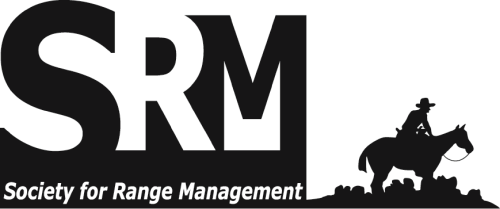On the Ground • Since plant palatability affects many aspects of sustainable rangeland management, including grazing capacity and grazing behavior, introducing indicators for determining rangeland species palatability can help rangeland managers determine rangeland species palatability accurately and precisely. • The Karsanak rangelands in the Chaharmahal-V-Bakhtiari province in Iran are dominated by a mixture of patchily distributed grasses, forbs, and shrubs, with a high biodiversity of plants, which severely affects rangeland species palatability. • The use of forage quality, secondary compounds, and external plant attributes are expected to help rangeland managers with plant palatability classification and in determining grazing capacity to achieve sustainable rangeland management. The Rangelands archives are made available by the Society for Range Management and the University of Arizona Libraries. Contact lbry-journals@email.arizona.edu for further information. Migrated from OJS platform March 2020

Practical, non-technical peer-reviewed articles published by the Society for Range Management. Access articles on a rolling-window basis from vol 1, 1979 up to 3 years from the current year. More recent content is available by subscription from SRM.